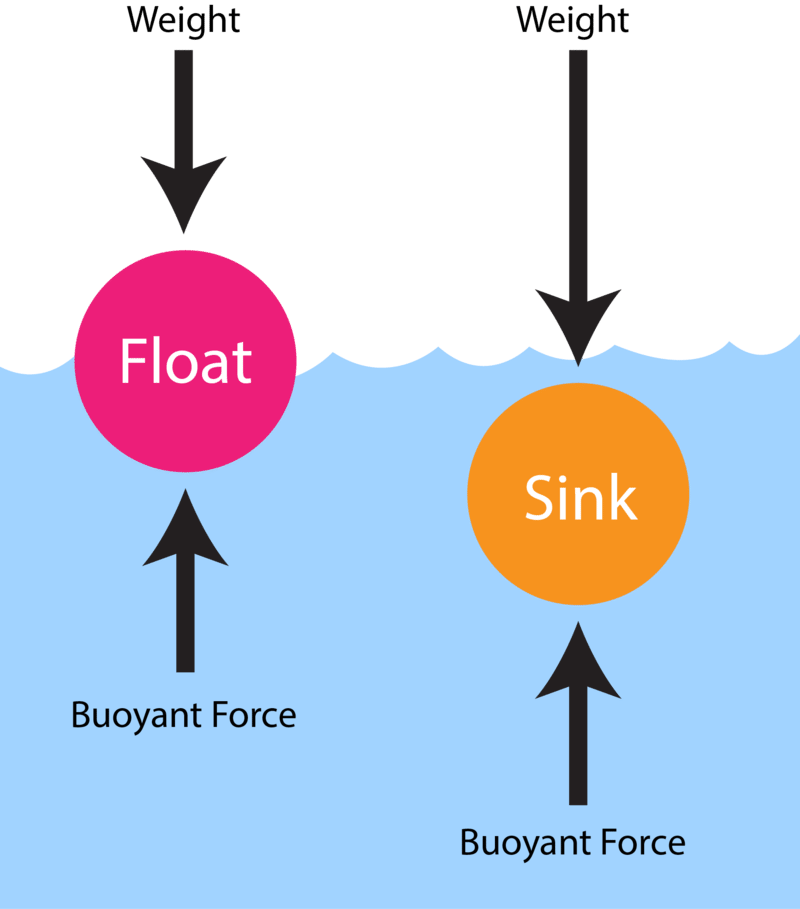Why in the News?
New research shows that rain can reduce ocean buoyancy and stabilize tropical waters, challenging the belief that rain always enhances mixing.

About Buoyancy:
- What is it: It is the upward force exerted by a fluid (e.g., water) on an object submerged in it.
- It determines whether an object floats, sinks, or stays suspended.
- Buoyancy in Oceans: It depends on density differences in water.
- Lighter water above → unstable → mixing happens.
- Heavier water above → stable → mixing stops.
- Buoyancy Flux: Measures changes in buoyancy at the ocean surface over time.
- Freshwater from rain → makes surface lighter → positive flux → promotes mixing.
- Heat loss → cools surface → makes water denser → negative flux → resists mixing.
Key Findings of the Study:
- Light Rain (0.2–4 mm/hr): Often leads to positive buoyancy flux → supports ocean mixing.
- Heavy Rain:
- Usually results in negative buoyancy flux → surface becomes stable.
- Caused by cold pools that enhance heat loss.
- Day vs. Night Effect:
- Night: Rain destabilizes surface → mixing increases.
- Day: Rain promotes stability → due to added heat loss from sunlight blockage.
- Geographical Insights:
- Cold Rain Zones (Western Pacific, Indian Ocean): More stabilization.
- Hot Rain Zones (Central Pacific): More prone to mixing.
Significance of the Study
- Scientific Implications:
- Refutes the general belief that rain always increases buoyancy.
- Shows rain can both stabilize or destabilize the ocean surface depending on conditions.
- Climate Relevance:
- Ocean mixing is key to heat, carbon, and nutrient cycling.
- Misreading rainfall’s role can skew climate and weather models.
- Practical Impact:
- Improves forecasting accuracy in oceanography and climate science.
- Aids in understanding the climate-ocean feedback loop more precisely.
| [UPSC 2020] With reference to Ocean Mean Temperature (OMT), which of the following statements is/are correct?
1. OMT is measured up to a depth of 26°C isotherm which is 129 meters in the southwestern Indian Ocean during January — March. 2. OMT collected during January — March can be used in assessing whether the amount of rainfall in monsoon will be less or more than a certain long-term mean. Select the correct answer using the code given below: Options: (a) 1 only (b) 2 only* (c) Both 1 and 2 (d) Neither 1 nor 2 |
Get an IAS/IPS ranker as your 1: 1 personal mentor for UPSC 2024

